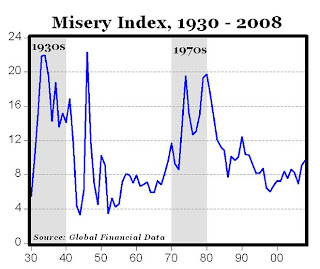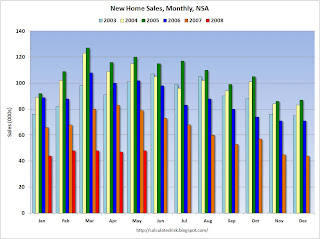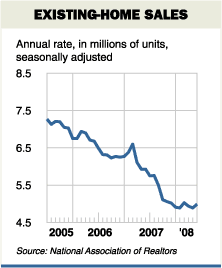Teenage unemployment (16-19 years old, seasonally adjusted) for July (20.3%) was at the highest level in more than 15 years. It seems like that would be pretty newsworthy, but it received almost no media attention. Plus, the attention it did receive was mostly off-base, blaming on the country’s “economic malaise” and “economic downturn,” without a single mention of the increase in minimum wage.
The only newspaper report that linked the 20.3% teen unemployment rate to the increase in minimum wage was a story in the LA Times, which quoted David Resler, economist at Nomura Securities:
“The July jump in the federal minimum wage rate appears to have had the predicted impact on teen employment: The higher required rate enticed more teens into the job market to search for a smaller number of jobs on offer.”
Demand curves slope downward, whether it’s the demand for gasoline, the demand for cigarettes, or the demand for unskilled workers. We can argue about price sensitivity, elastic demand vs. inelastic demand, availability of substitutes, etc., but higher prices or wages result in a reduction in the quantity demanded. That is, we can argue about the slope, but the slope of the demand curve is always negative.
The bottom line: higher wages for unskilled workers equates to fewer jobs for unskilled workers which equates to higher unemployment rates for unskilled workers.





